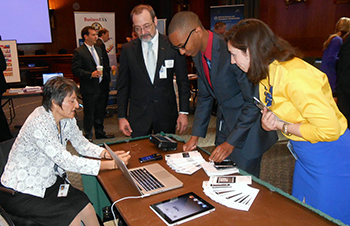Textile waste is a growing environmental concern, with millions of tons discarded annually in landfills around the globe. The fashion industry, while a significant contributor to this waste, is also at the forefront of developing innovative solutions to address the problem. Textile waste recycling is a crucial element in this endeavor, offering a path to sustainability by transforming discarded materials into valuable resources.
One of the most effective strategies in textile waste recycling is the upcycling of fabric scraps and used garments into new products. This approach not only reduces the amount of waste sent to landfills but also conserves the resources and energy that would be required to produce new textiles. Companies are finding creative ways to repurpose old materials, turning them into everything from stylish clothing to functional accessories.
Innovations in technology are playing a pivotal role in advancing textile recycling efforts. New methods are being developed to break down complex fabrics into their original fibers, which can then be spun into new yarns. This process not only gives a second life to materials that would otherwise be discarded but also reduces the need for virgin fibers, leading to a significant decrease in the environmental footprint of textile production.
The benefits of textile waste recycling extend beyond environmental considerations. Economically, recycling creates new markets and job opportunities in the areas of collection, sorting, and processing of materials. Socially, it raises awareness about sustainable practices and encourages consumers to make more eco-friendly choices. By fostering a circular economy, textile recycling supports a more sustainable and ethical fashion industry.
Engagement with consumers is an essential aspect of promoting textile waste recycling. Many organizations are now offering incentives for customers to recycle their old garments, such as discounts on future purchases or donations to environmental causes. Educating consumers about the impact of their clothing choices and the benefits of recycling can drive greater participation in recycling programs and help shift public perception towards more sustainable practices.
A visit to textile waste recycling initiatives reveals how some companies are leading the way in this field. By repurposing excess textiles into innovative products, they demonstrate the potential of recycling to create beautiful and functional items while reducing waste.
Collaboration is another key factor in the success of textile recycling efforts. Partnerships between fashion brands, recycling companies, and governments can help to create robust recycling infrastructures and develop standardized practices that ensure the effective handling of textile waste. These collaborations can also facilitate research into new recycling technologies and promote policies that support sustainable practices.
As the textile industry continues to evolve, the importance of recycling and sustainable practices cannot be overstated. By embracing textile waste recycling, the industry has the opportunity to not only mitigate its environmental impact but also to lead by example in the pursuit of a more sustainable future. To learn more about innovative solutions in textile recycling, you can explore resources such as this website, which highlights ongoing efforts in the field.
Ultimately, the transition to a more circular fashion industry requires commitment from all stakeholders, including manufacturers, consumers, and policymakers. By prioritizing textile waste recycling, we can pave the way for a more sustainable and environmentally conscious world.





